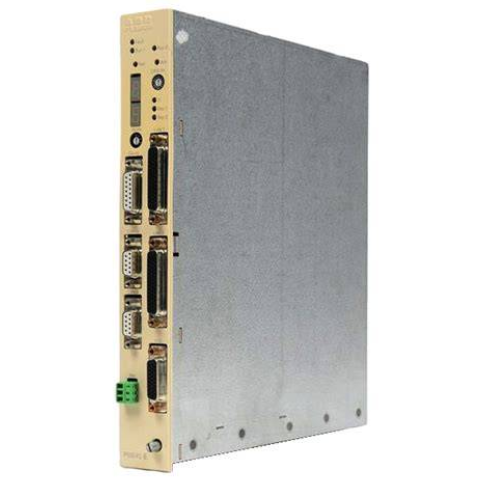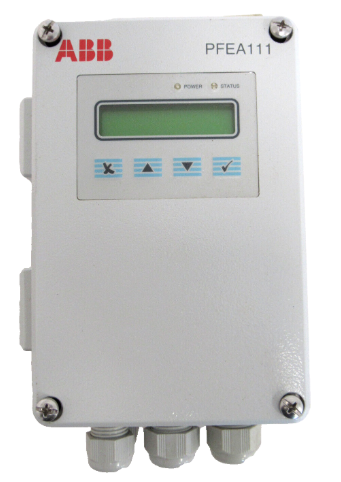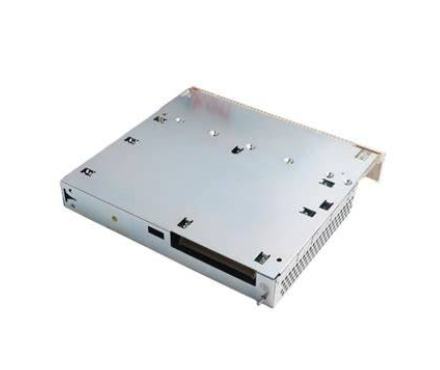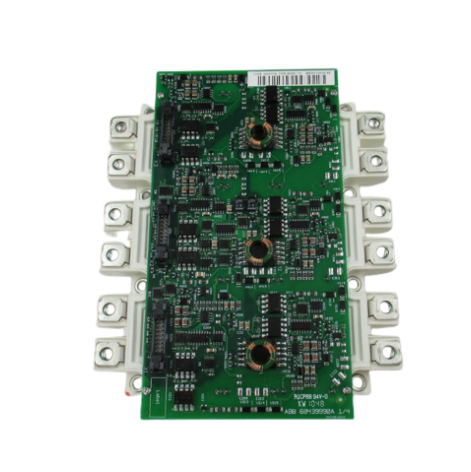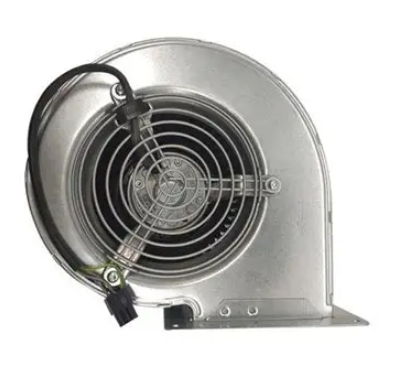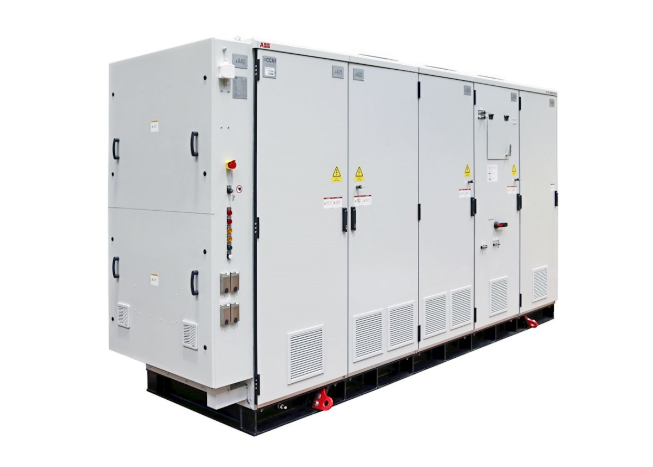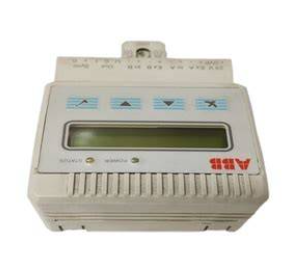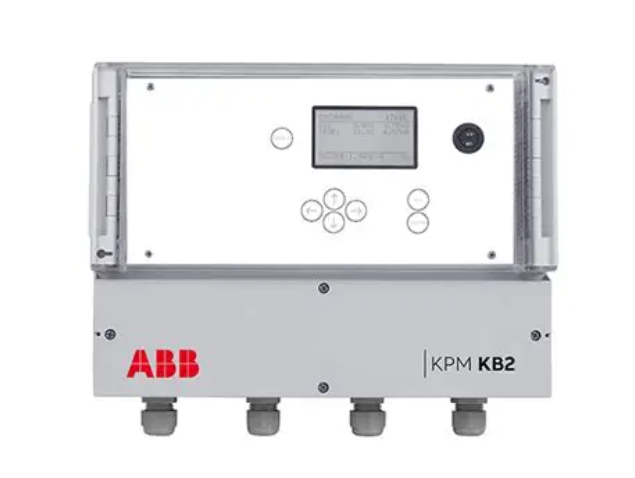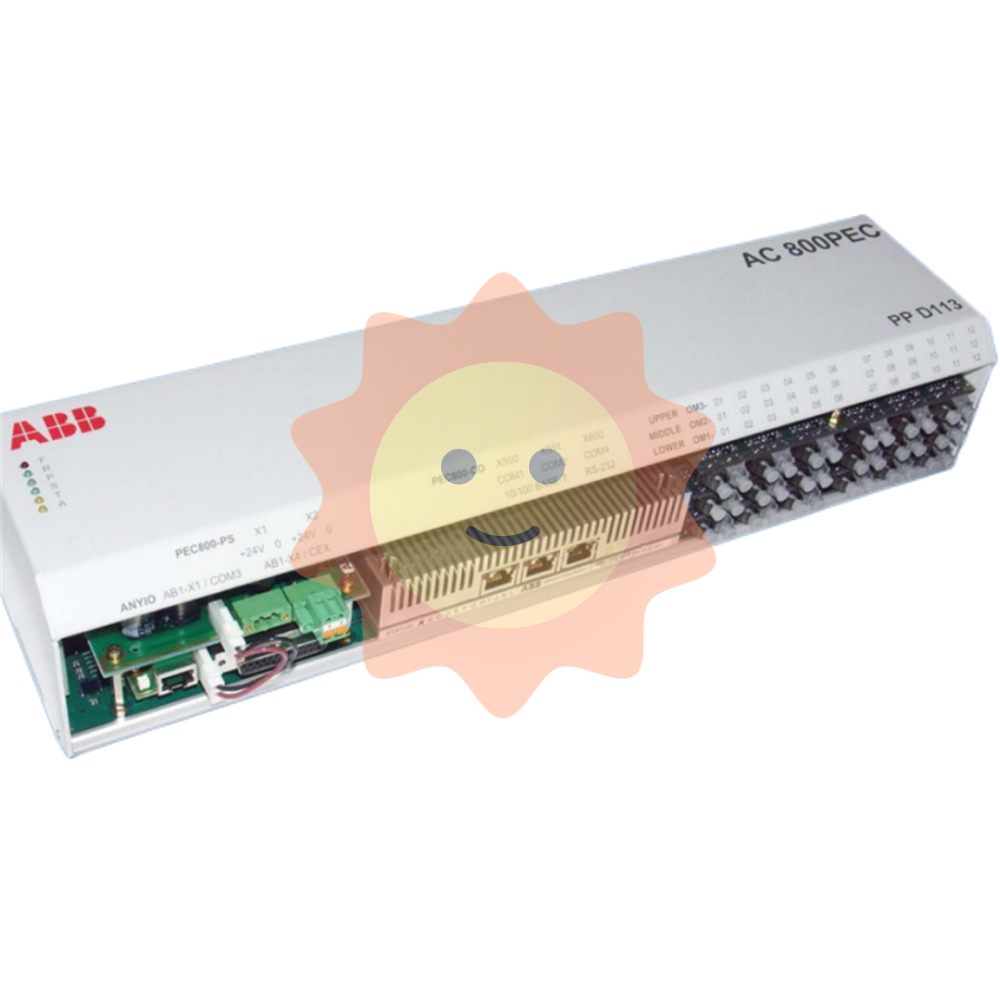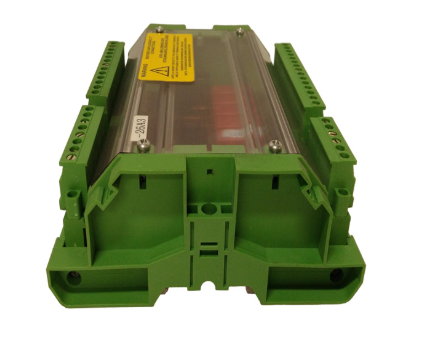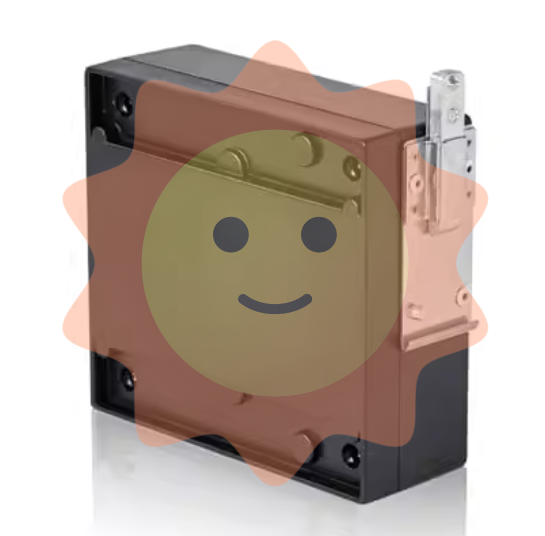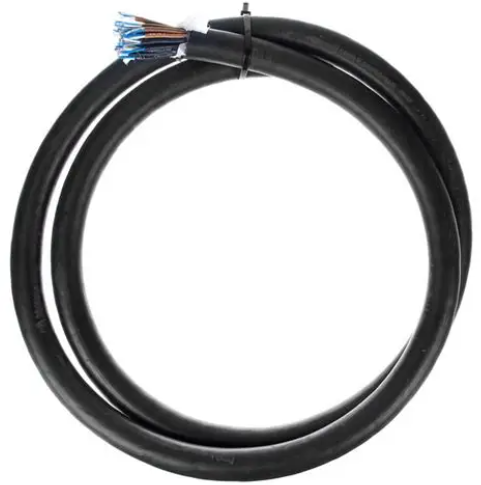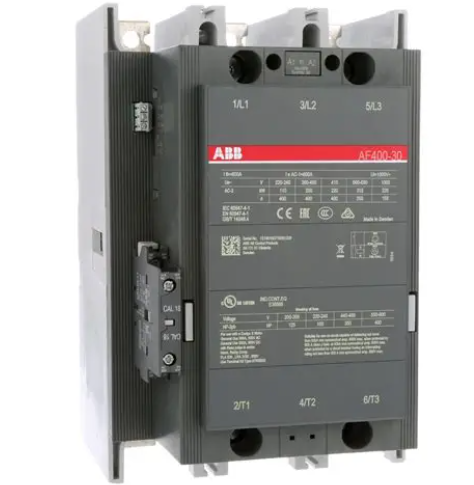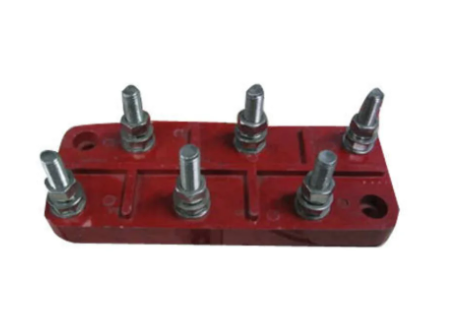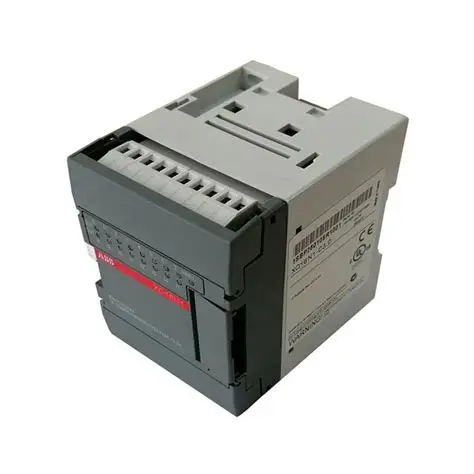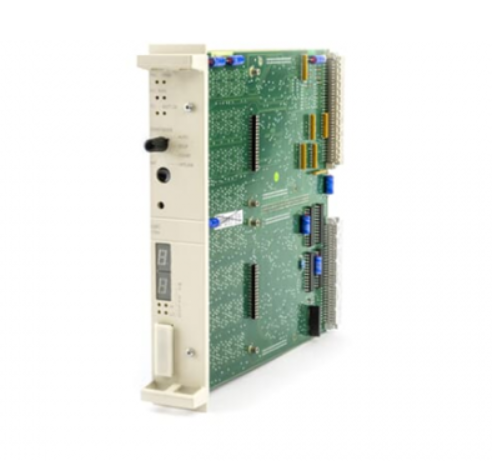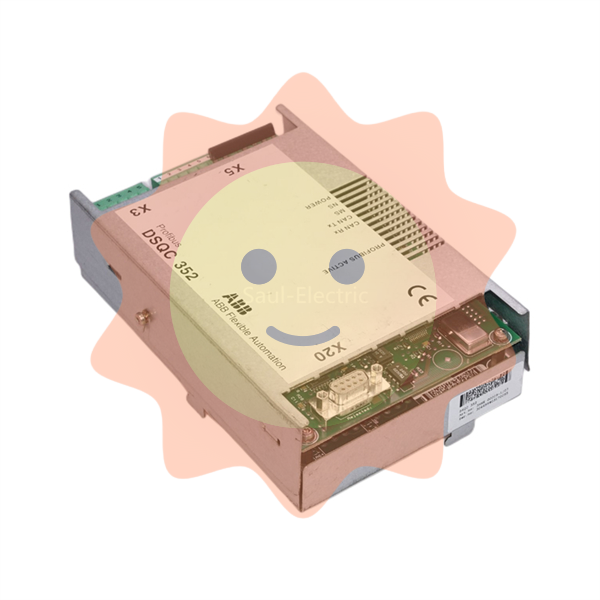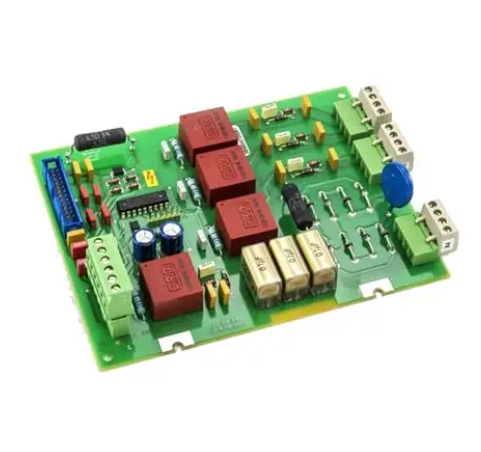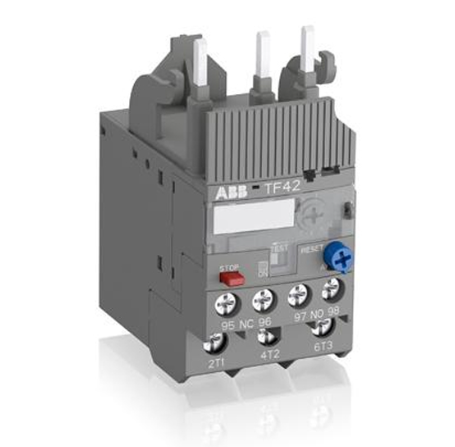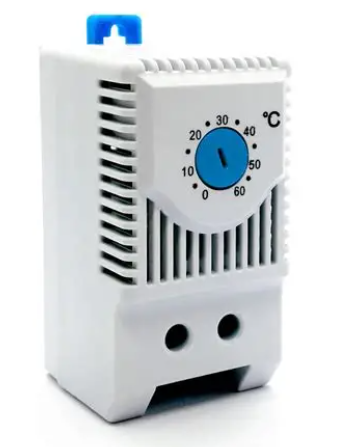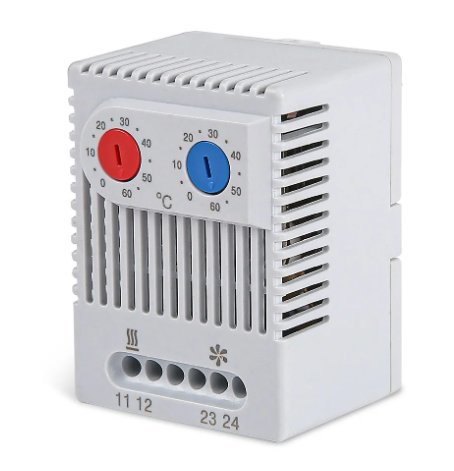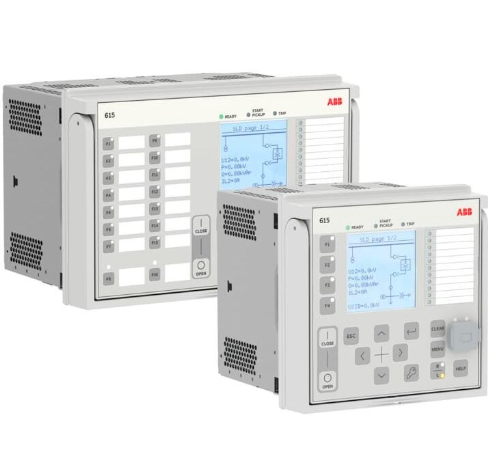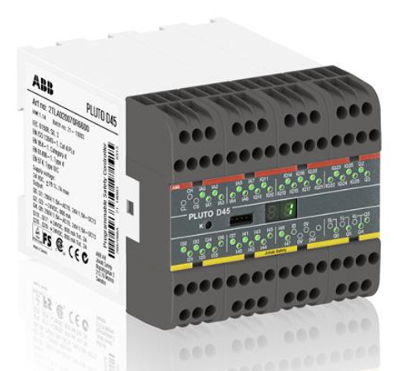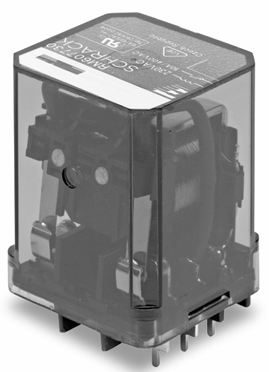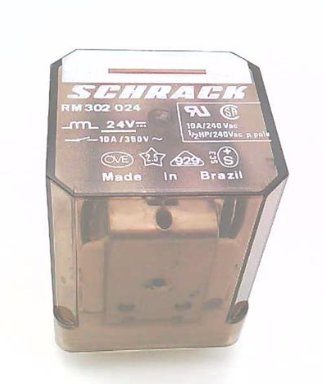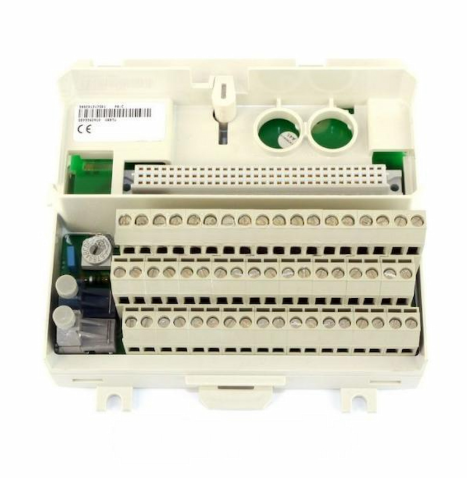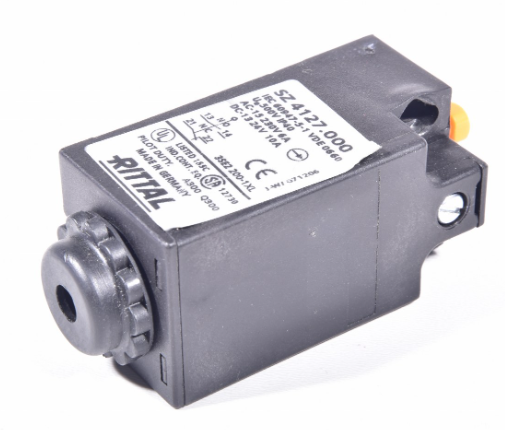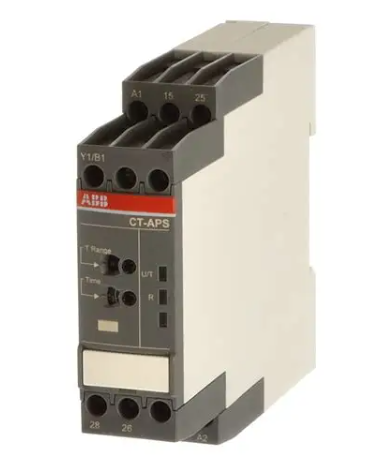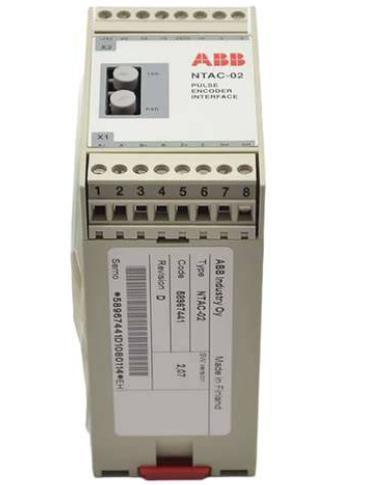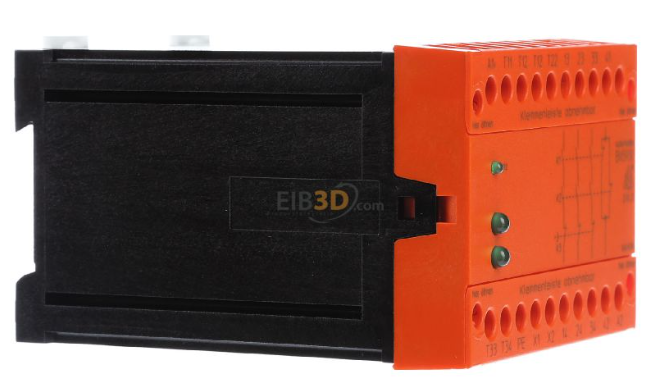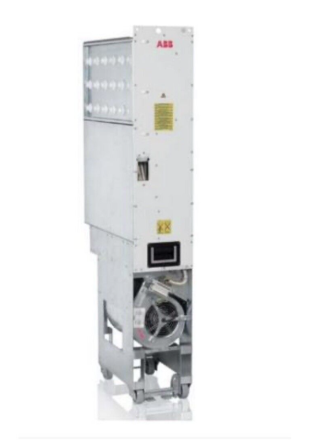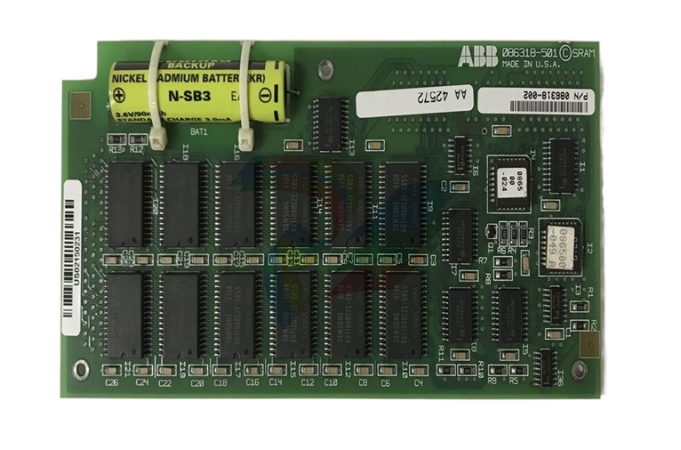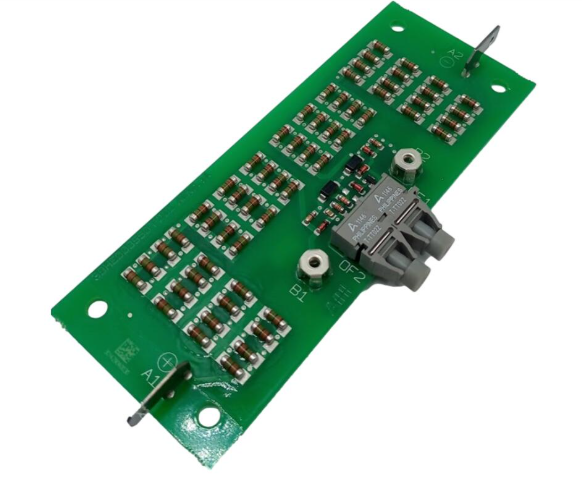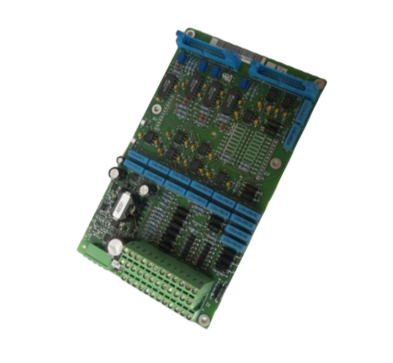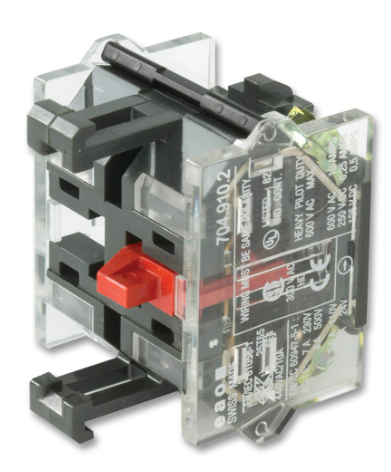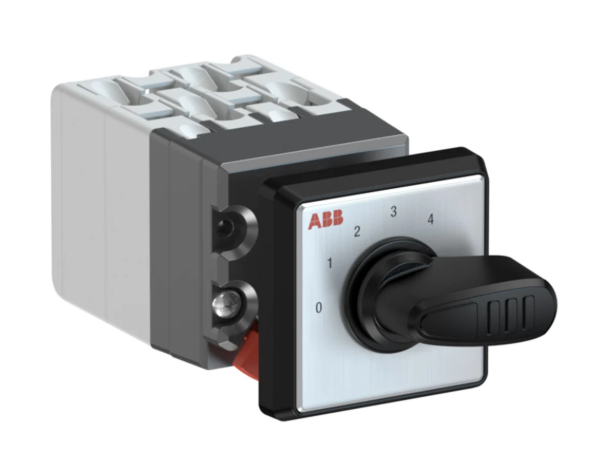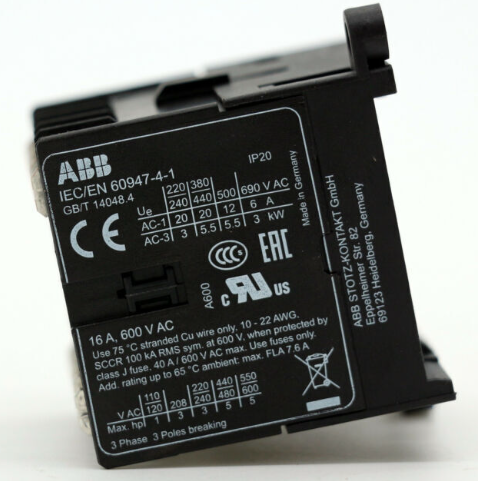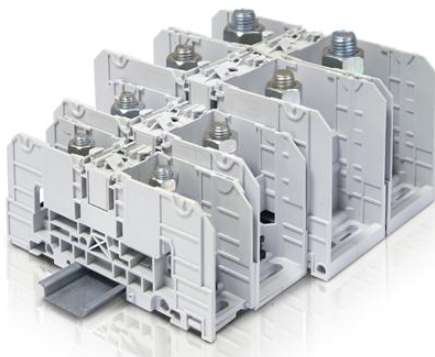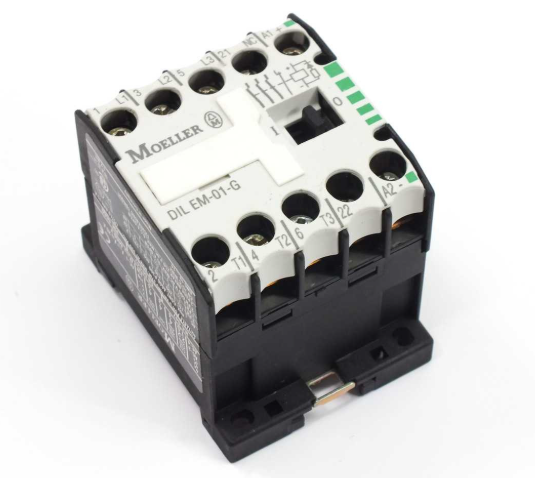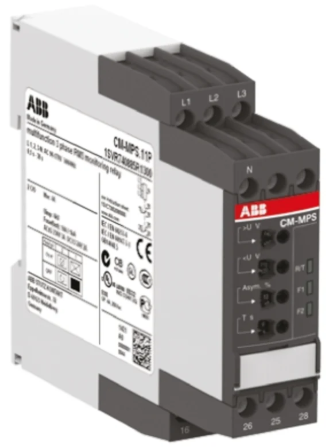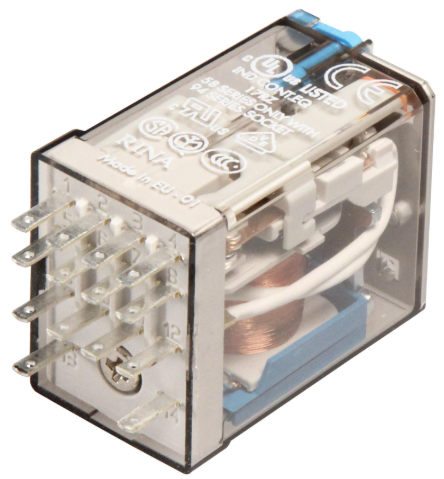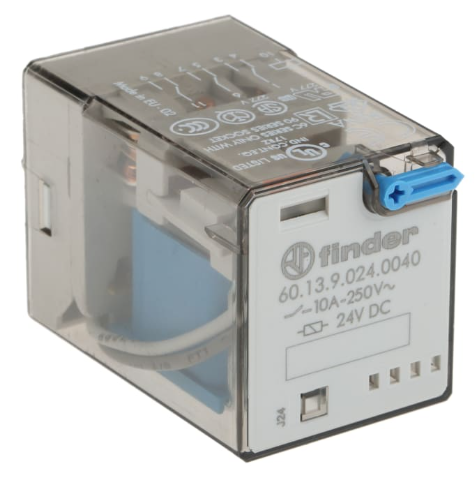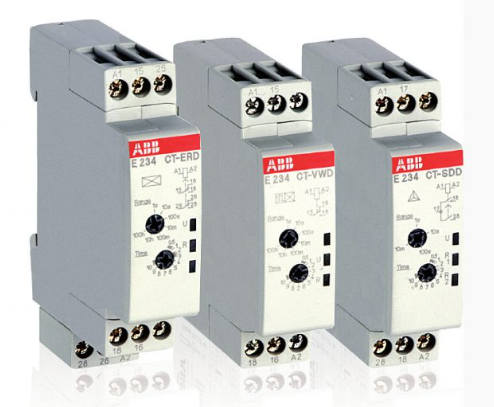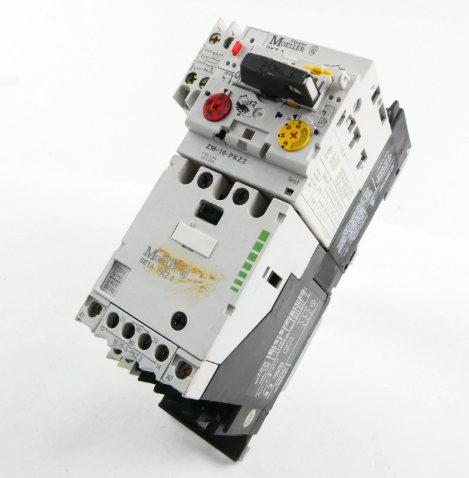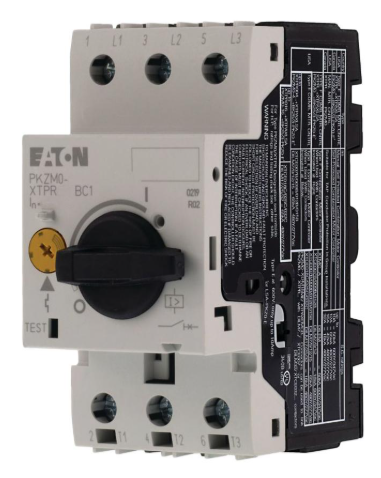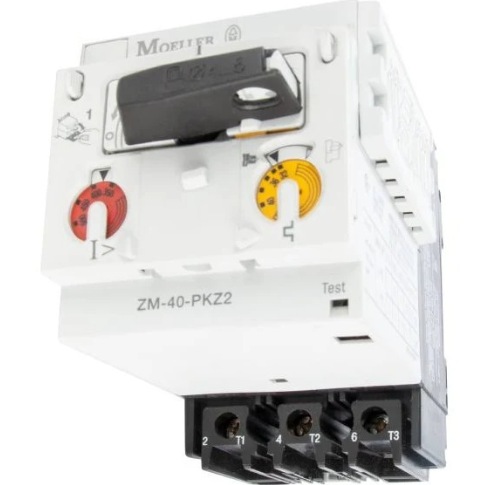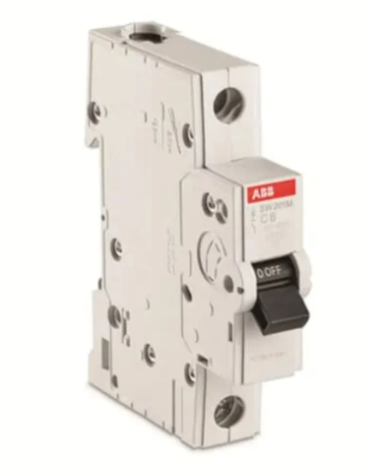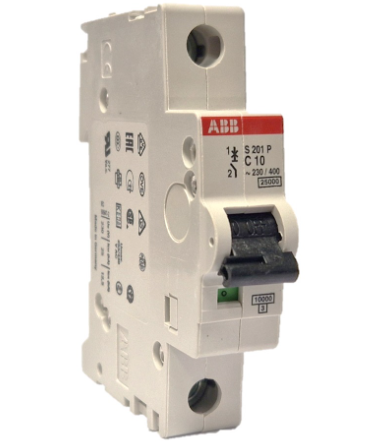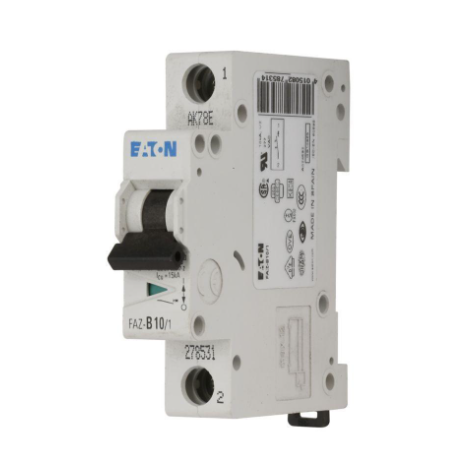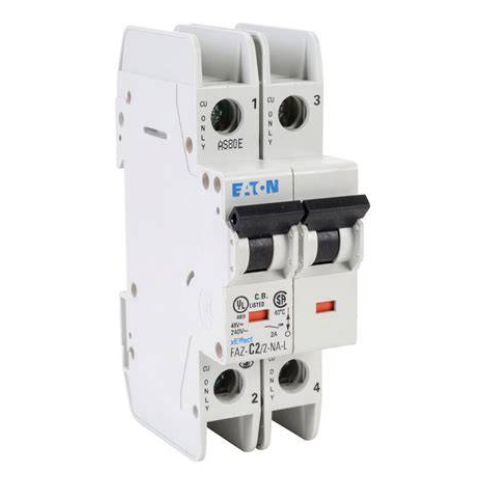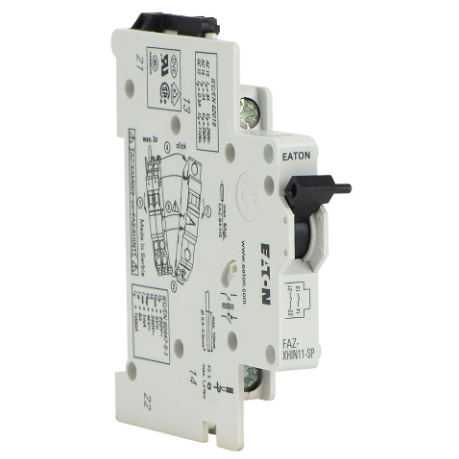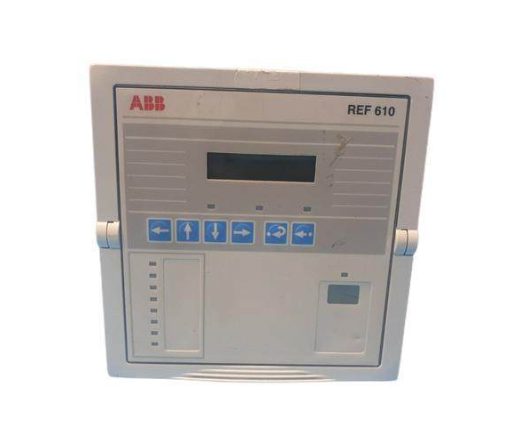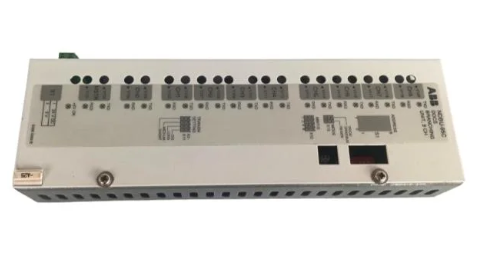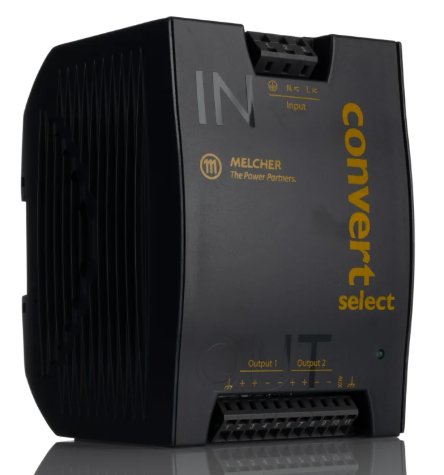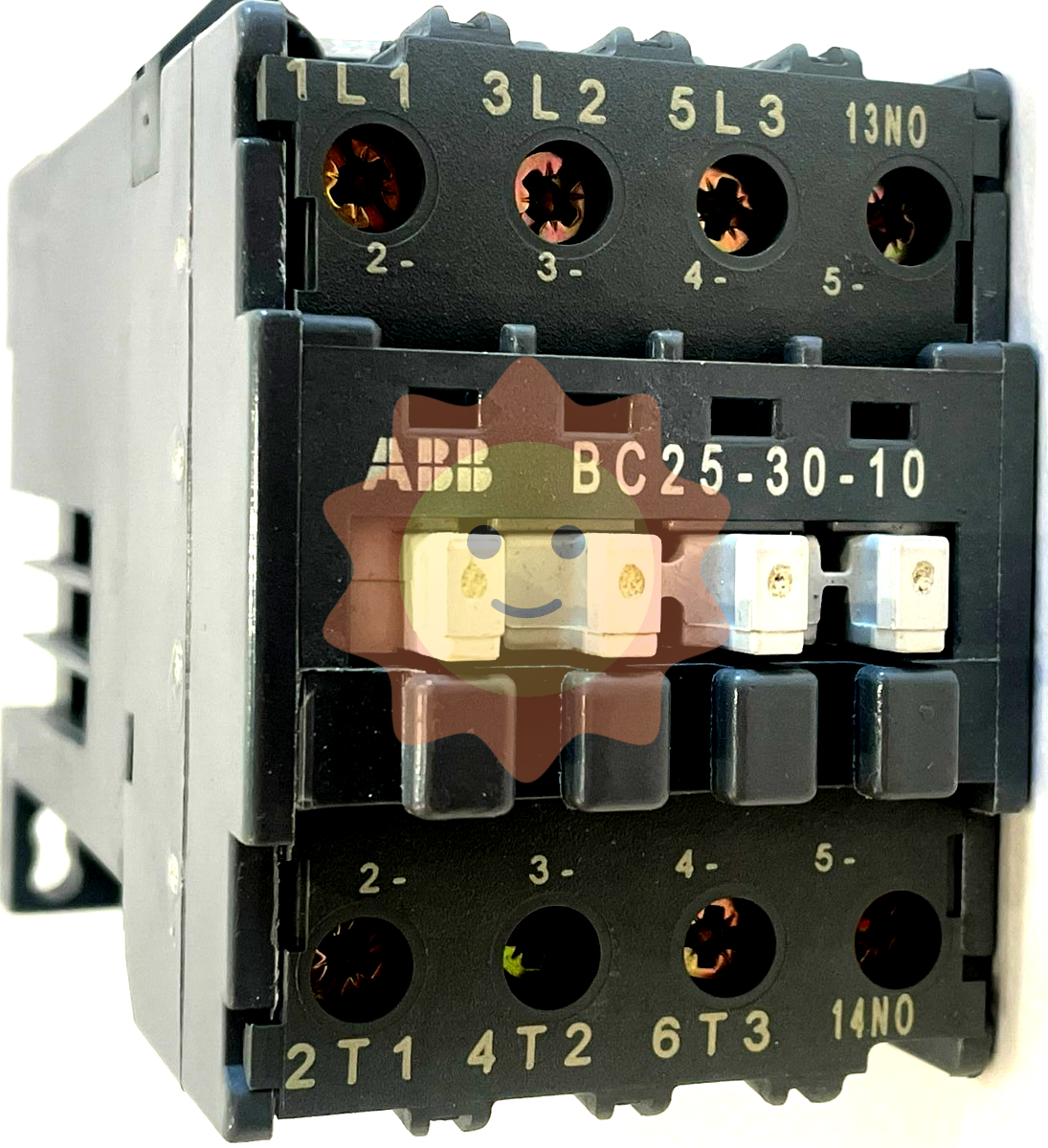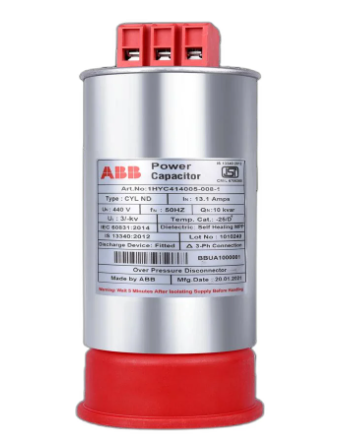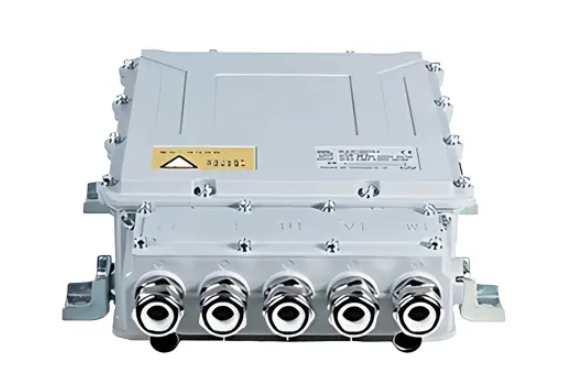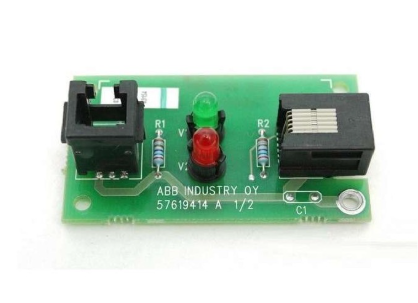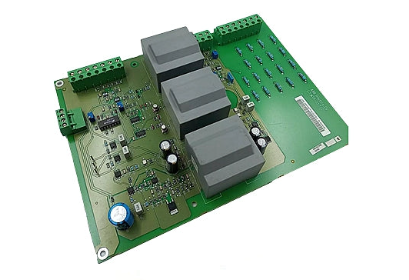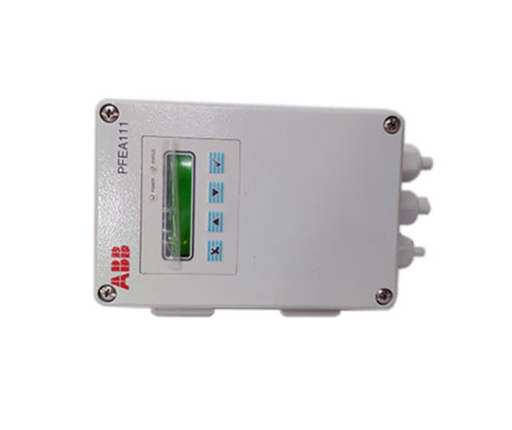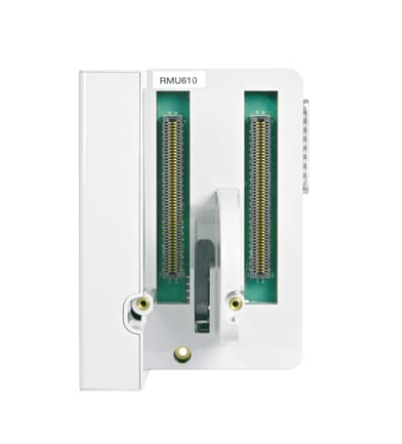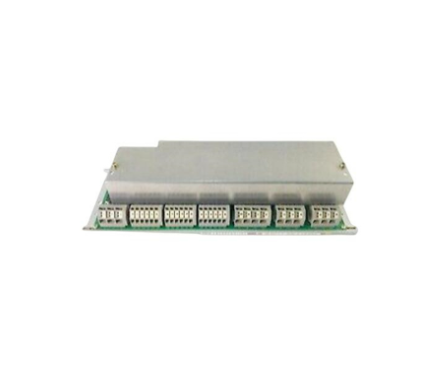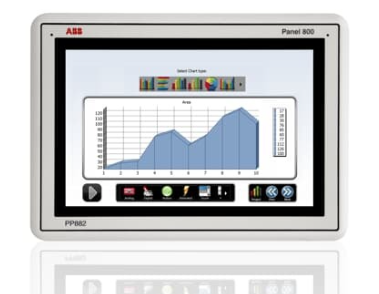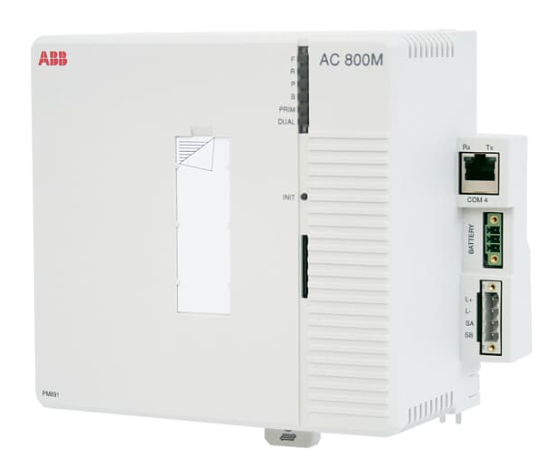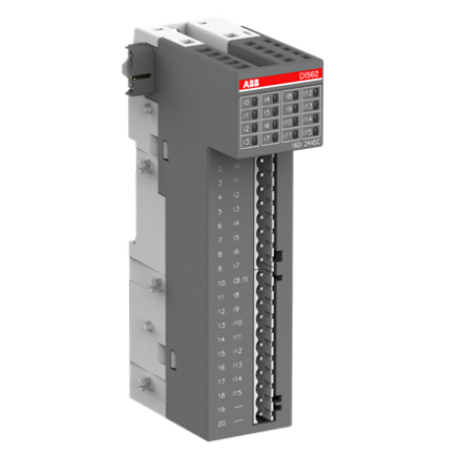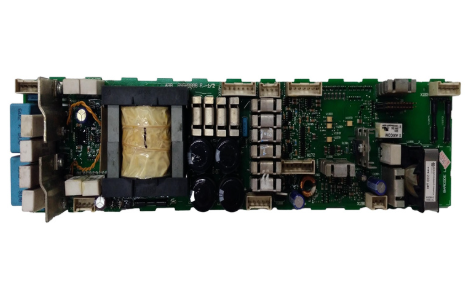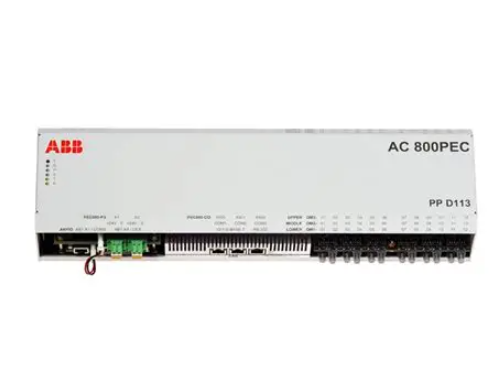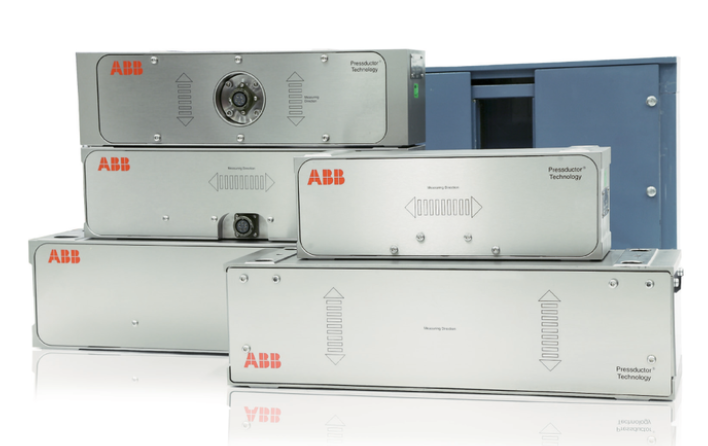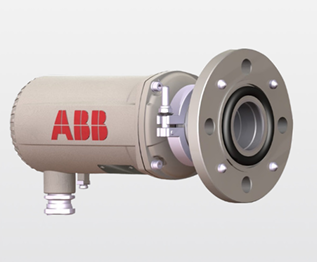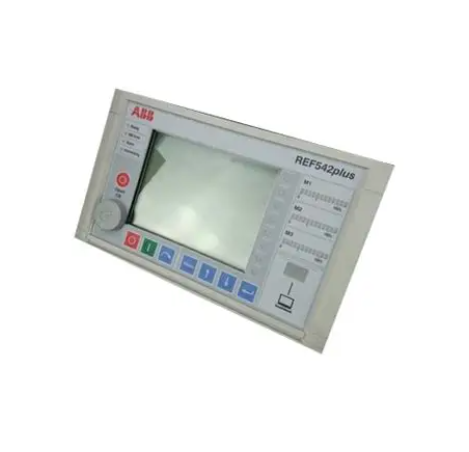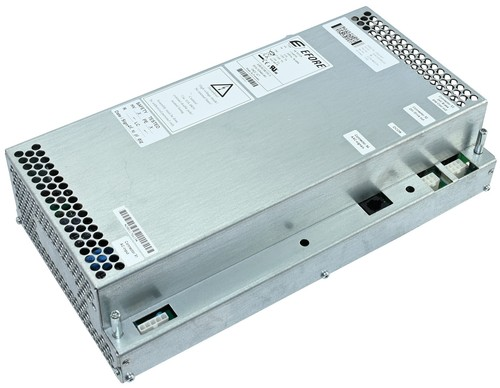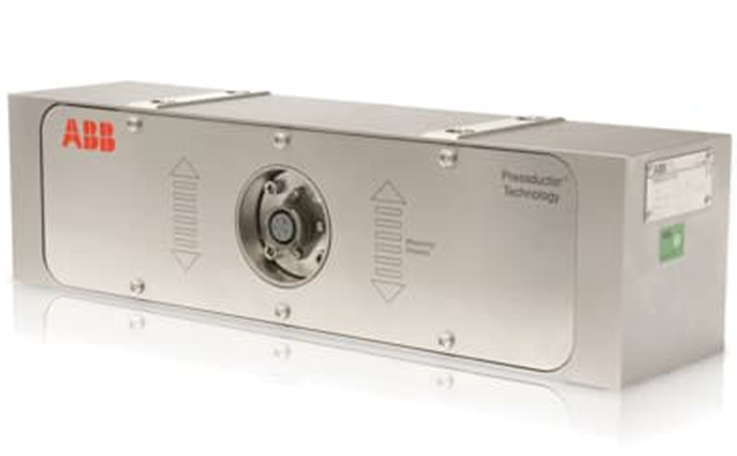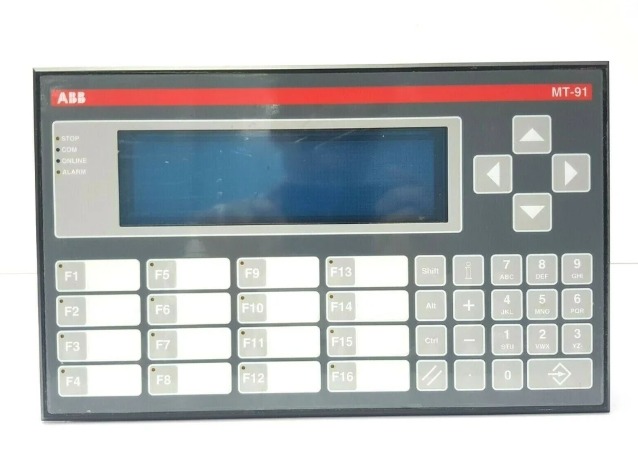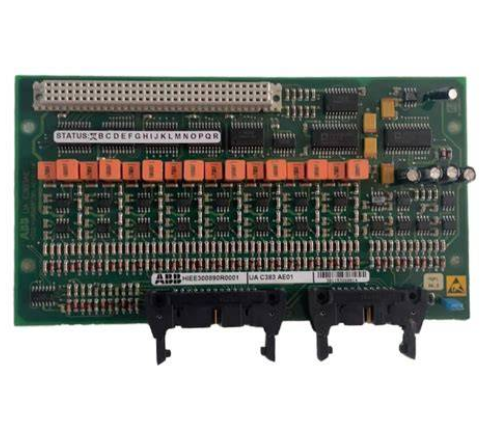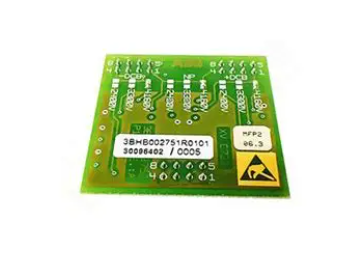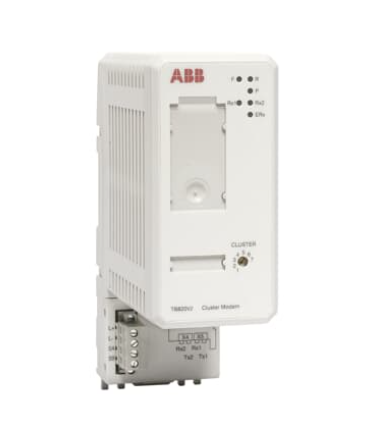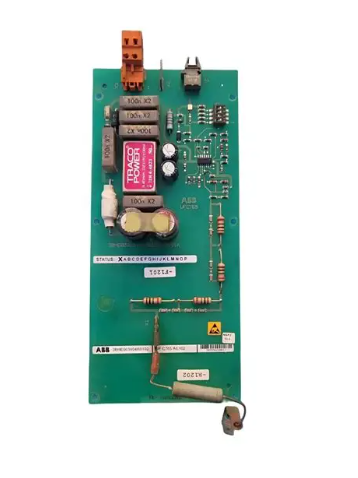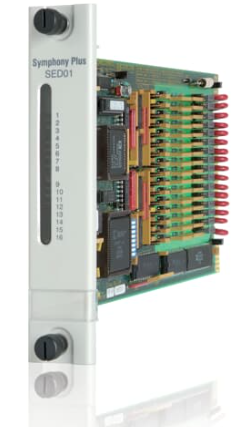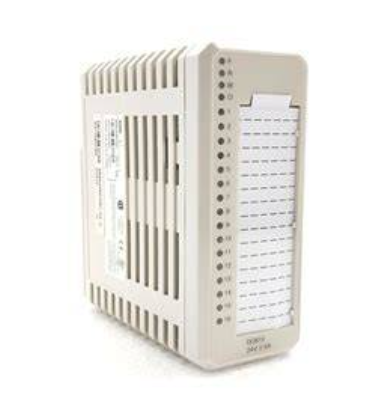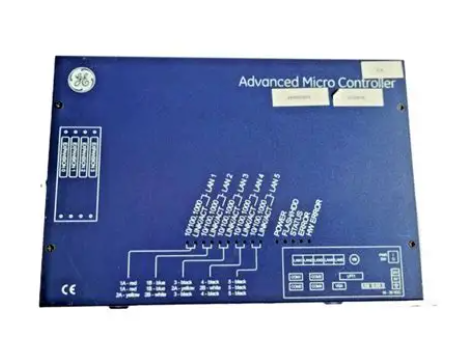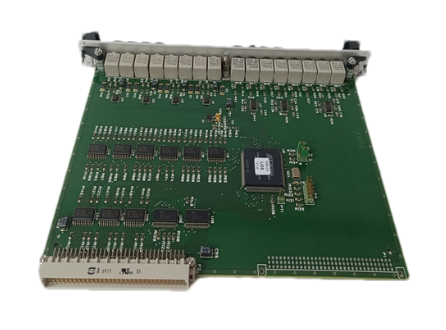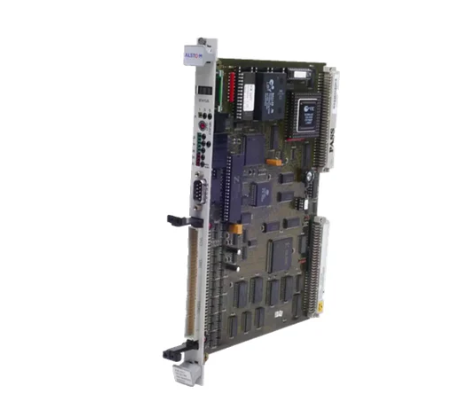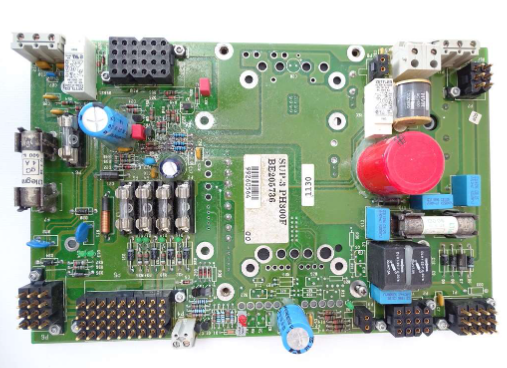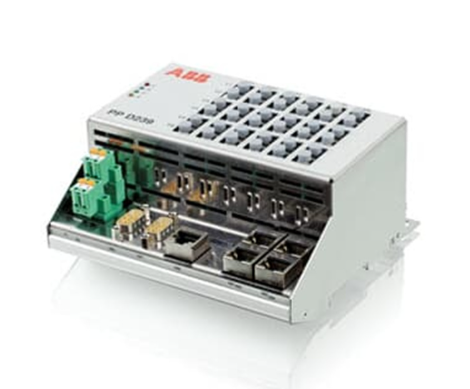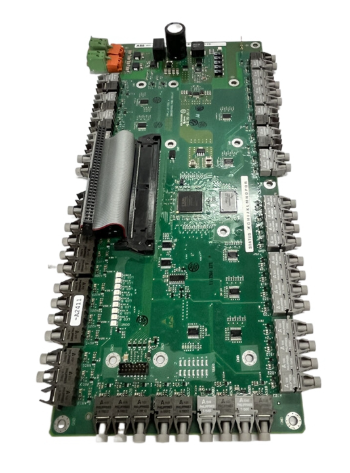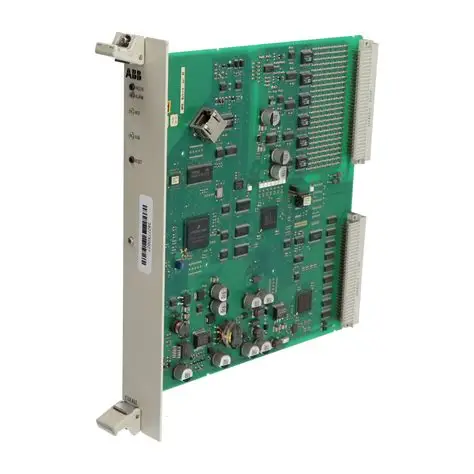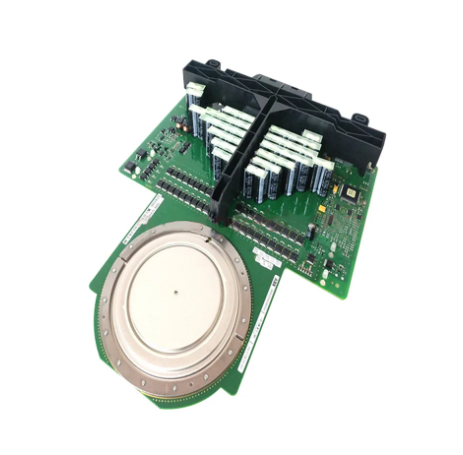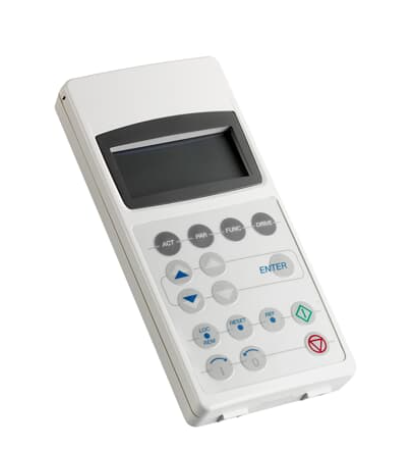ABB 64009486 NPCT-01C; PULSE COUNT/TIMER
ABB 64009486 NPCT-01C; PULSE COUNT/TIMER
Product basic information
Model: NPCT-01C
Type: Pulse Counting/Timer Module
Function: Used for pulse counting and timing control in industrial scenarios, may be compatible with ABB transmission systems or automation equipment.
Country of Origin: Finland (FI)
Customs code: 90329000
Ordering information:
Minimum order quantity: 1 piece
Sales unit: piece
Non customized products, support direct ordering.
physical property
Weight: 0.92 kg
Size: The specific size is not explicitly listed, only the "Frame Size" is mentioned. Please refer to the product manual or contact the supplier for information.
Technology and Classification
Technical functions:
Pulse counting: It can accumulate the number of input pulses and is used to monitor the number of device operations (such as motor start stop times).
Timed control: supports setting timed logic to trigger output actions (such as delayed start and timed stop).
Industry classification:
UNSPSC codes: 39120000 (industrial automation components), 39122004 (industrial control modules).
Environmental compliance: Not within the scope of WEEE Directive control (Product Not in WEEE Scope).
Application scenarios
Category:
Drives → Spares and Consumables → Parts.
Typical applications:
Pulse signal statistics for industrial automation production lines (such as encoder pulse counting).
Timing control of mechanical equipment (such as monitoring the running time of motors and triggering periodic tasks).
Product Overview
ABB 64009486 NPCT-01C is a pulse counting/timer module specifically designed for industrial automation applications. It can accurately count pulse signals and perform corresponding operations according to the set time logic, playing an important role in industrial production process control, equipment operation status monitoring, and other aspects. It is an indispensable key component in industrial automation systems.
Technical parameters
Input characteristics
Input voltage range: This module supports an input voltage of 24V DC, which is a common DC voltage specification that makes it easy to match with the power systems of many industrial equipment. Whether in independent small control systems or large and complex automated production lines, it can be stably connected to the power supply to ensure the normal operation of the module.
Number of input channels: Equipped with 2 input channels, these two channels can simultaneously collect and process pulse signals from different sources. For example, in an automation scenario involving multiple devices working together, one channel can be used to collect pulse signals generated by the main device to monitor its working status, while the other channel can be used to collect pulse signals from auxiliary devices, achieving more comprehensive monitoring of the entire system.
Output characteristics
Output type: using relay output method. Relay output has strong load driving capability and can directly control various external actuators, such as relays that can easily control the start and stop of motors, the opening and closing of valves, etc. This feature enables NPCT-01C to efficiently convert counting or timing results into actual control actions in industrial control, driving equipment to operate according to predetermined logic.
Timing and Counting Accuracy
Timing accuracy: Its timing accuracy can reach ± 0.1% of the set value plus 1ms. This high-precision timing capability is crucial in industrial applications with strict time requirements. For example, in the chemical production process, certain reactions require precise control of reaction time. NPCT-01C can ensure that relevant operations are triggered accurately according to the set time, ensuring the smooth progress of chemical reactions and the stability of product quality.
Counting accuracy: In terms of pulse counting, this module has extremely high accuracy and can reliably accumulate the number of input pulses without missing or miscalculating. In the scenario of motor speed monitoring, NPCT-01C can accurately calculate the motor speed by counting the pulses generated by the motor rotation, providing accurate data support for the evaluation of the equipment's operating status.
Adaptability to work environment
Working temperature range: It can operate normally within the temperature range of -20 ° C to+70 ° C. This broad temperature adaptability makes it suitable for industrial sites with various environmental temperatures. Whether it is mechanical equipment operating outdoors in cold regions or control systems near industrial kilns in high-temperature environments, NPCT-01C can operate stably to ensure the continuous operation of the system.
Storage temperature range: The storage temperature range is -40 ° C to+85 ° C. Even under extreme storage conditions, the module can maintain good performance and can be put into use at any time when the environmental conditions are suitable, with strong environmental tolerance.
Physical characteristics
Size: The external dimensions are 41 x 264 x 94 mm. This compact design allows for flexible installation within limited control cabinet space without taking up too much space resources, making it particularly suitable for modern factories that pursue efficient use of space.
Weight: The net weight of the product is about 1kg. The relatively light weight facilitates the installation, handling, and maintenance of the equipment, reducing the difficulty and labor intensity of manual operation.
Functional Features
Accurate pulse counting function
Capable of accurately counting various types of pulse signals, including square waves, sine waves, and other shaped pulse signals. On automated production lines, it can be used to count the quantity of products. For example, in the packaging production line, precise control of the quantity of packaged products is achieved by counting the pulses generated by the products passing through the detection points, ensuring that the quantity of each batch of products is accurate and error free.
Flexible timing function
Users can flexibly set the timing according to their actual needs through programming or setting relevant parameters. There are various timing modes, which can achieve single timing and trigger an action once the set time is reached; It can also achieve periodic timing, triggering corresponding operations in a loop according to the set time interval. In the maintenance and upkeep of industrial equipment, periodic scheduled tasks can be set, and the self inspection program of the equipment can be started regularly to promptly detect potential faults and hidden dangers.
Reliable system integration capability
The module was designed with full consideration for compatibility with other industrial equipment and systems, and can seamlessly integrate with ABB's various automation control systems and third-party equipment. It can easily connect to mainstream control systems such as PLC (Programmable Logic Controller) and DCS (Distributed Control System), and interact and collaborate with other devices through standard communication interfaces and protocols. In a large-scale industrial automation project, NPCT-01C can work together with PLC to complete complex production process control tasks, improving the operational efficiency and reliability of the entire system.
Complete self diagnostic function
Equipped with a self diagnostic mechanism, capable of real-time monitoring of one's own work status. Once abnormalities are detected, such as abnormal input signals, output relay faults, internal circuit overheating, etc., the module will promptly issue alarm messages through indicator lights or communication interfaces to notify operators for maintenance and handling. This feature greatly improves the maintainability of the equipment, reduces production interruption time caused by module failures, and lowers the production losses of the enterprise.
Application Fields
Manufacturing industry
In the field of automobile manufacturing, it is used for automated control of production lines. For example, in the assembly process of automotive parts, by counting the pulses generated by the actions of the assembly robot, the assembly quantity and sequence of parts can be accurately controlled to ensure assembly quality. Meanwhile, by utilizing the timing function, the running rhythm of the equipment can be controlled, thereby improving the overall efficiency of the production line.
In the electronic manufacturing industry, it is possible to control the component mounting equipment on the electronic product production line. Monitor the number of actions of the mounting head through pulse counting to ensure that each component can be accurately mounted on the circuit board; Utilize the timing function to control the preheating, welding and other process time of the equipment, ensuring the production quality of electronic products.
Energy industry
In the field of power generation, NPCT-01C can be used to monitor the operating status of generators. By counting the pulses generated by the rotation of the generator, the speed of the generator is calculated, and the operation of the generator is monitored in real time. At the same time, the timing function can be used to control the regular inspection and maintenance tasks of power generation equipment, ensuring the stability and reliability of power supply.
In the petrochemical industry, it is used for controlling the chemical production process. For example, in the process of chemical reactions, by setting precise timing, controlling the addition time of raw materials and reaction time, the smooth progress of chemical reactions and the stability of product quality can be ensured. At the same time, the pulse counting function is used to monitor the material conveying equipment on the production line and count the amount of material conveyed.
Transportation and Communications
In the field of rail transit, it can be used for train operation control systems. By counting the pulses generated by the rotation of the train wheels, the precise measurement of the train's travel distance and speed provides important data support for the automatic driving and safe operation of the train. At the same time, the timing function is used to control the signal light switching, door opening and closing operations of the train, ensuring the safety and efficiency of train operation.
In the logistics and transportation industry, it is used for controlling automated warehousing systems. Monitor the operation frequency of cargo handling equipment through pulse counting and calculate the amount of cargo handling; Utilize timing function to control the operation time of warehouse lighting, ventilation and other equipment, achieving energy-saving management.
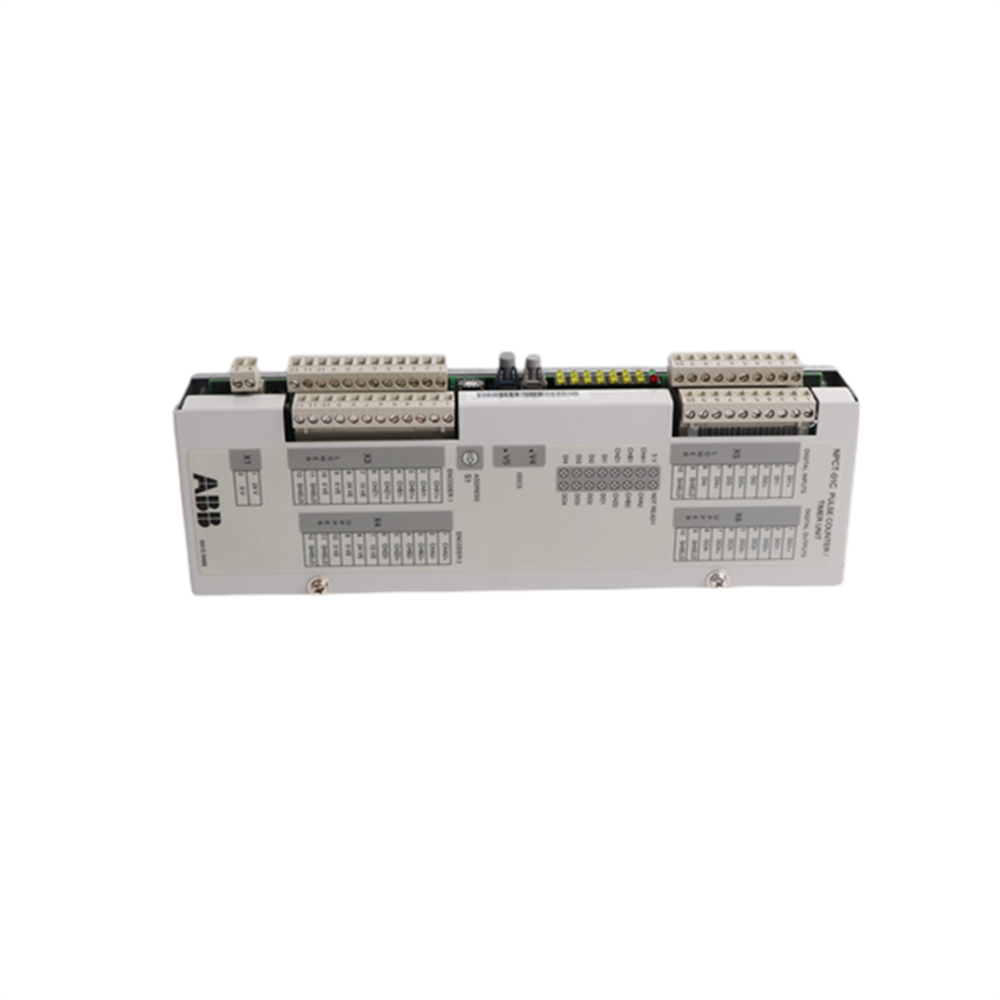
- EMERSON
- Honeywell
- CTI
- Rolls-Royce
- General Electric
- Woodward
- Yaskawa
- xYCOM
- Motorola
- Siemens
- Rockwell
- ABB
- B&R
- HIMA
- Construction site
- electricity
- Automobile market
- PLC
- DCS
- Motor drivers
- VSD
- Implications
- cement
- CO2
- CEM
- methane
- Artificial intelligence
- Titanic
- Solar energy
- Hydrogen fuel cell
- Hydrogen and fuel cells
- Hydrogen and oxygen fuel cells
- tyre
- Chemical fiber
- dynamo
- corpuscle
- Pulp and paper
- printing
- fossil
- FANUC
- Food and beverage
- Life science
- Sewage treatment
- Personal care
- electricity
- boats
- infrastructure
- Automobile industry
- metallurgy
- Nuclear power generation
- Geothermal power generation
- Water and wastewater
- Infrastructure construction
- Mine hazard
- steel
- papermaking
- Natural gas industry
- Infrastructure construction
- Power and energy
- Rubber and plastic
- Renewable energy
- pharmacy
- mining
- Plastic industry
- Schneider
- Kongsberg
- NI
- Wind energy
- International petroleum
- International new energy network
- gas
- WATLOW
- ProSoft
- SEW
- wind
- ADVANCED
- Reliance
- YOKOGAWA
- TRICONEX
- FOXBORO
- METSO
- MAN
- Advantest
- ADVANCED
- ALSTOM
- Control Wave
- AB
- AMAT
- STUDER
- KONGSBERG
- MOTOROLA
- DANAHER MOTION
- Bently
- Galil
- EATON
- MOLEX
- Triconex
- DEIF
- B&W
- ZYGO
- Aerotech
- DANFOSS
- KOLLMORGEN
- Beijer
- Endress+Hauser
- MOOG
- KB
- Moxa
- Rexroth
- YAMAHA
- Johnson


Email:wang@kongjiangauto.com

